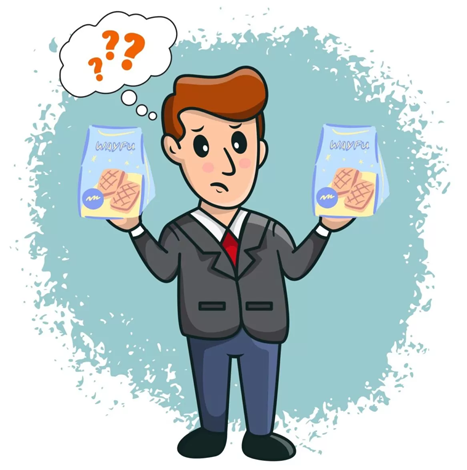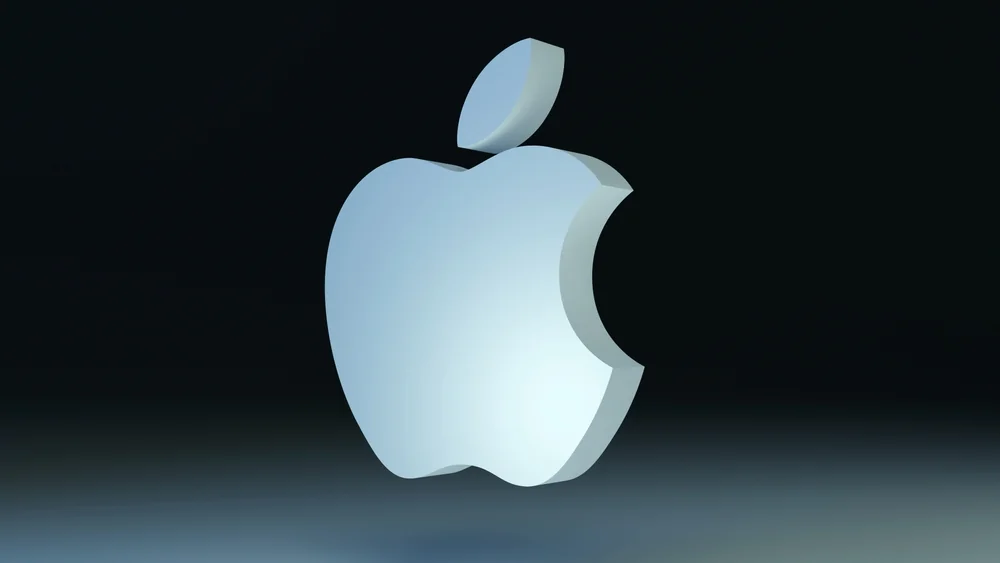Likelihood of Confusion
MMR Strategy Group conducts surveys to measure likelihood of confusion, or the likelihood that consumers will be confused as to the source or affiliation of a product or service, for trademark and trade dress infringement matters. Depending on the dispute, we use either the Eveready or the Squirt (lineup) formats for measuring likelihood of confusion.
We have performed numerous likelihood of confusion surveys in high-stakes litigation, and we have extensive experience testifying in support of those surveys. If you are interested in discussing how a survey can bolster your case in a trademark or trade dress matter, contact MMR.

What Are the Types of Likelihood of Confusion and How Are They Measured?
There are two types of confusion in trademark and trade dress infringement matters. The first is forward confusion, in which consumers believe that a junior user’s product or service is from or affiliated with a senior user. The second is reverse confusion, in which consumers mistakenly believe that the senior user’s product or service is from or affiliated with a junior user (often a better-known one). MMR Strategy Group has experience measuring both forward confusion and reverse confusion in matters involving trademark and trade dress infringement. The two most accepted survey formats that MMR uses are the Eveready and Squirt formats.
An Eveready confusion survey shows respondents a single trademark or product, and then asks questions to measure whether respondents associate one party with the products of the other party. The Eveready format for confusion surveys is widely accepted, in part because it simultaneously addresses a variety of factors relating to confusion, such as similarity of marks and brand strength.
The Squirt format for confusion surveys shows respondents the trademarks or products of both litigants, typically with competing products. Often, one product or trademark is shown by itself, while the other is shown in a lineup that includes other similar products or trademarks. This format replicates marketplace conditions by showing a grouping of products that appears in proximity in the marketplace, or may be encountered in rapid proximity.
Explore Our Library
Review Litigation Survey Resources
Featured Blog Article

To Opt In or to Opt Out: Negative Option Marketing Guidance Minted by Consumer Surveys
Featured White Paper

Materiality Claims: Conducting Materiality Surveys for False or Deceptive Advertising Litigation
Featured case study
